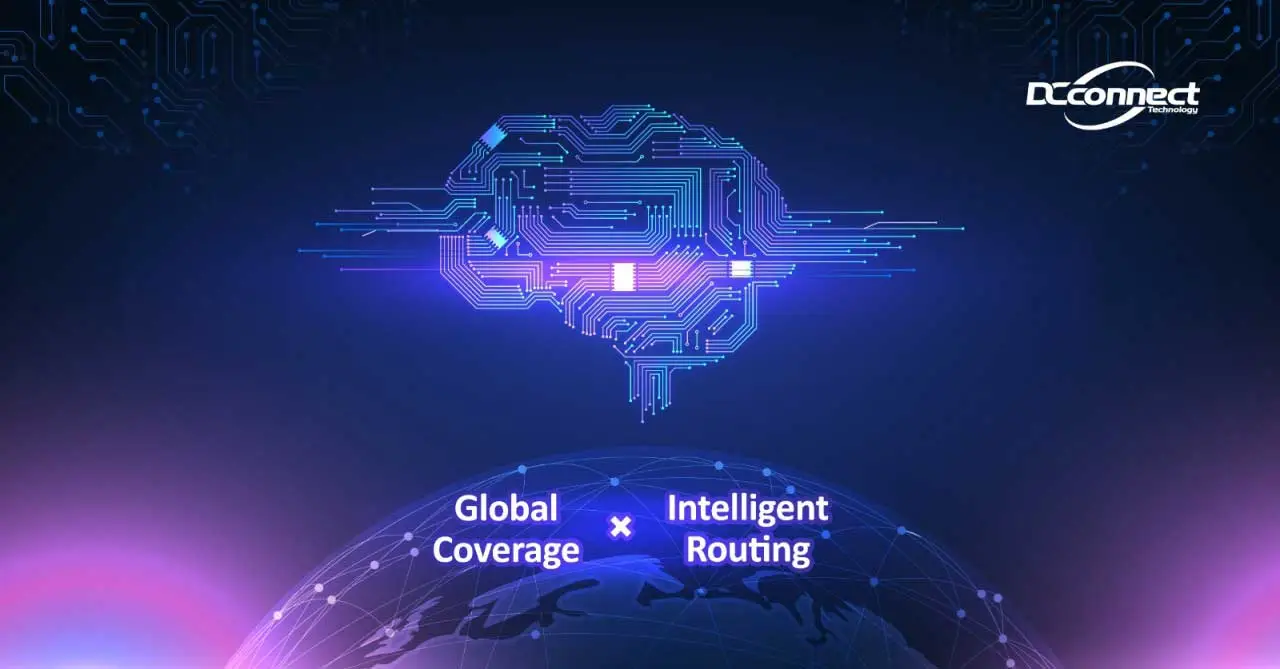
DCConnect Become a Winner of MEF Excellence Award for APAC NaaS Provider of The Year!
DCConnect is proud to announce that we have been named the MEF Excellence Award winner for APAC – NaaS Provider of the Year. The award was presented at the MEF Global NaaS Event in Dallas, Texas on October 3, 2023. This award was dedicated to DC Gateway, a first-of-its-kind Network-as-a-Service (NaaS) wholesale and white-labelled product, which enables efficient interconnecting of disparate Autonomous Networks utilizing open APIs. Our NaaS platform seamlessly connects your network to our global ecosystem, boasting over 1000 data centers and major clouds. It serves as a powerful revenue generation tool, offering both buy and sell functionalities. As a company, we remain steadfast in our commitment to providing the best possible NaaS solutions to our valued clients and partners. We understand that reliable, scalable, and agile network services are essential for businesses to stay competitive and adaptable. This award fuels our motivation to continually innovate and raise the bar in the NaaS sector. “I would like to thank my team for turning the impossible into possible. As we work hard to stay ahead of the increasingly competitive NaaS market, DCConnect continually innovates and differentiates its DC Gateway solution, especially in APAC.” – Henry Lam, CEO of DCConnect. We would like to express our heartfelt gratitude to the MEF Forum for recognizing our achievements and to our dedicated team whose hard work and commitment to excellence have made this award possible. For more information about the MEF Excellence Awards and to view the complete list of winners, please visit : Mef awards 2023




